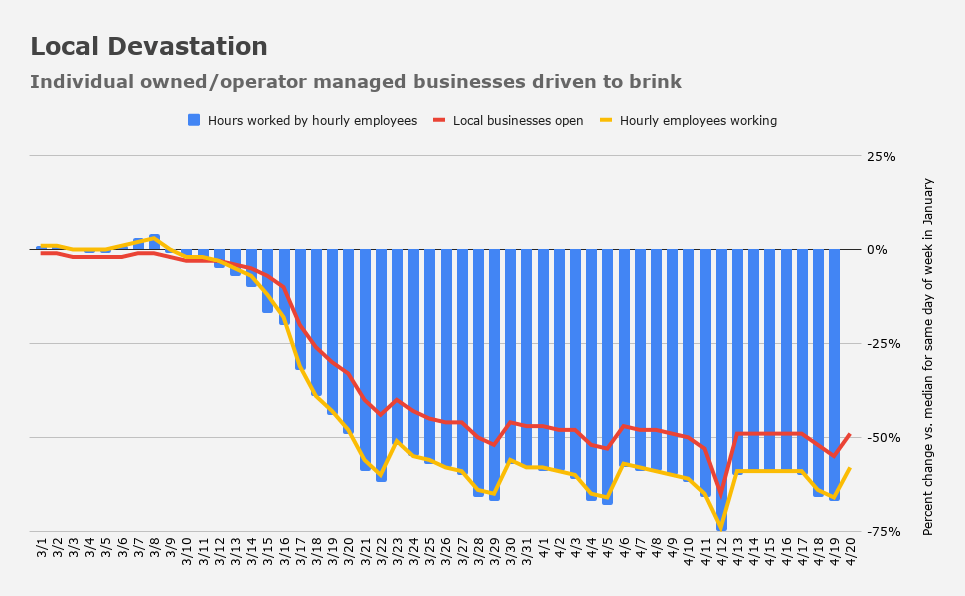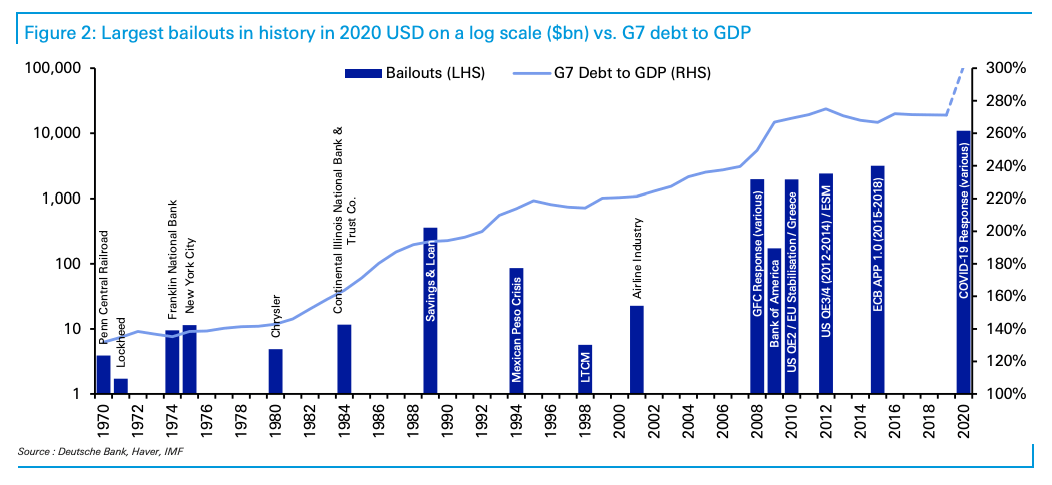It looks like you're new here. If you want to get involved, click one of these buttons!
Good risk/reward profile, there on PSILX. Look at the 10-year: Avg/High.If you believe in the benefits of diversification, PSILX is a fine choice. It has low expenses for an international fund, above average returns and exposure to almost all segments of foreign markets.
They still provide some Morningstar tools. Since I have an account I'm not going to attempt to reregister, but it looks like this page might be what you're looking for:T Rowe use to have some tools I used, such as portfolio analysis with a Stock Overlap feature. Do they still have that?
I have tried logging on but they do not recognize me nor can I find a way to create a new account. I have some T Rowe funds but thru Fidelity.
For a few months, I've been promising myself to make a post on being careful about what numbers do and don't represent (i.e. look behind the numbers). Figures like ERs, duration, performance. One of these days.I own PRIDX. ... It fell hard with coronavirus. But it's coming back, down -13% now, ytd. Down to 3 stars, but still with a silver decoration. ... Top 15% among peers, ytd. Not a great showing compared to peers LAST year, but still very good indeed.
For example a portfolio of 100% PRWCX would have a "Safe Withdrawal Rate" of 10% and a "Safe Perpetual Withdrawal Rate" of 5.6%. The rule of thumb for a Safe Perpetual Withdrawal Rate is 4% according to the Trinity Study (linked below).
The manufacturing sector hasn't completely rolled over yet, but the services sector simply ceased to exist starting late last month.....The message is clear: Main Street isn't just hurting, it is disappearing in a very literal sense. As Atlanta Fed boss Raphael Bostic warned earlier this month, "May is going to loom large, in terms of the transition of concern from this being a liquidity issue… to this perhaps translating and transferring into a solvency issue, and whether companies can exist at all."

.(...from Homebase, a scheduling and time tracking tool used by more than 100,000 local businesses covering 1 million hourly employees.)
Deutsche Bank rolled up the fiscal and monetary support programs announced and implemented in the US and Europe into a single "bailout" figure. The sheer size of the COVID-19 response necessitated a log scale (on the left axis) in order to help "better identify the earlier bailouts and get a rough feel visually for the numbers," as the bank put it. ....."Obviously we won’t know how much will be used until much further down the road," the bank cautioned, in the course of presenting the numbers and accompanying visuals.

https://seekingalpha.com/article/4340027-dystopia-now
....policymakers have been deliberately suppressing volatility, compressing risk premia, tamping down credit spreads and keeping the market wide-open for borrowers for the better part of a decade....
Deutsche Bank's George Saravelos.....At the extreme, central banks could become permanent command economy agents administering equity and credit prices, aggressively subduing financial shocks. With unlimited capacity to print money, central banks have unlimited capacity to intervene in asset markets too. Put simply, a central bank that pegs bond, credit and equity markets is highly likely to stabilize portfolio flows as well.
This has been settled law for decades now. Here's a CNBC page discussing whether rewards are taxable.I believe that, unlike many cash back cards, Fido credit card now sends the tax form for these 2%, so it is not 2% cash back (no taxes, just cash return), but 2% minus taxes.
The Trinity Study:First, I wanted to see how this was working with recent stock market returns. The original study was only covering years up to 1995. I wanted to have more recent data. I wanted to make sure that the results were holding with more recent stock market behavior. So this simulation will cover returns until the end of 2019!
Secondly, the original study was only covering up to thirty years of retirement. I wanted to be sure that the portfolio can sustain withdrawals for much more extended periods. For people retiring early, I think that 50 years is not unreasonable.
I simply set up an HSA account with Bruce Fund...I believe this was a paper application through the mail. I use my bank accounts billpay service to make month contributions electronically.@bee can you please how you able to invest our HSA in BRUFX???
RPGAX TRP. 30% fixed. 26 US stocks. 30 non-US stocks. 11 "other." 3 cashAre there any global allocation funds you would add to what has been suggested
© 2015 Mutual Fund Observer. All rights reserved.
© 2015 Mutual Fund Observer. All rights reserved. Powered by Vanilla